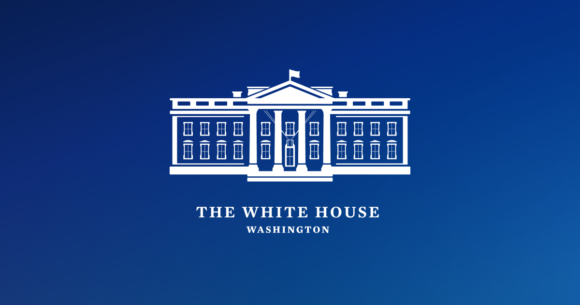State Incentives Crucial to Success of Community Development
Published by Michael Novogradac
State (and local) tax incentives play an often underappreciated role in the success of federal tax incentives.
The low-income housing tax credit (LIHTC), new markets tax credit (NMTC), historic tax credit (HTC), renewable energy investment tax credit (ITC) and production tax credit (PTC), and opportunity zones (OZ) incentive are all part of the federal tax code, but state incentives to complement them make a significant difference.
This issue of the Novogradac Journal of Tax Credits highlights various state-level tax incentives and how they interact with the federal versions. Two things are obvious: State tax incentives are important and certain types are more successful.
How state tax incentives are structured varies widely. Many states have incentives that largely mimic the federal version (especially in the cases of the LIHTC and HTC), while others are more targeted, such as to specific types of businesses, geographic areas, or demographic groups. Some states embrace tax-based incentives for community development, others are averse to using the tax code to incentivize such activities.
State tax incentives are important–and it’s worth looking at the big picture of what states are doing, what works and how different states are adapting. Most importantly, it’s worth examining what works best when it comes to state-level incentives for affordable housing, community development, historic preservation and renewable energy.
Related Posts

White House to Halt Solar Import Tariffs
Jun 7, 2022
The Federal Government is working with the private sector to promote the expansion of domestic solar manufacturing capacity, including our capacity to manufacture modules and other inputs in the solar supply chain […]

Monarch Private Capital Joins SEIA’s Board of Directors
Mar 17, 2022
Monarch Private Capital, a nationally recognized ESG investment firm that develops, finances and manages a diversified portfolio of projects that generate both federal and state tax credits, is pleased to […]

Gov. Signs Bill to Address Kansas Housing Shortage
May 11, 2022
Excerpt from KWCH Authored by Sarah Motter, Digital Producer, KWCH On Thursday, May 5, Kansas Governor Laura Kelly says she signed House Bill 2237 to help address the state’s housing shortage with […]